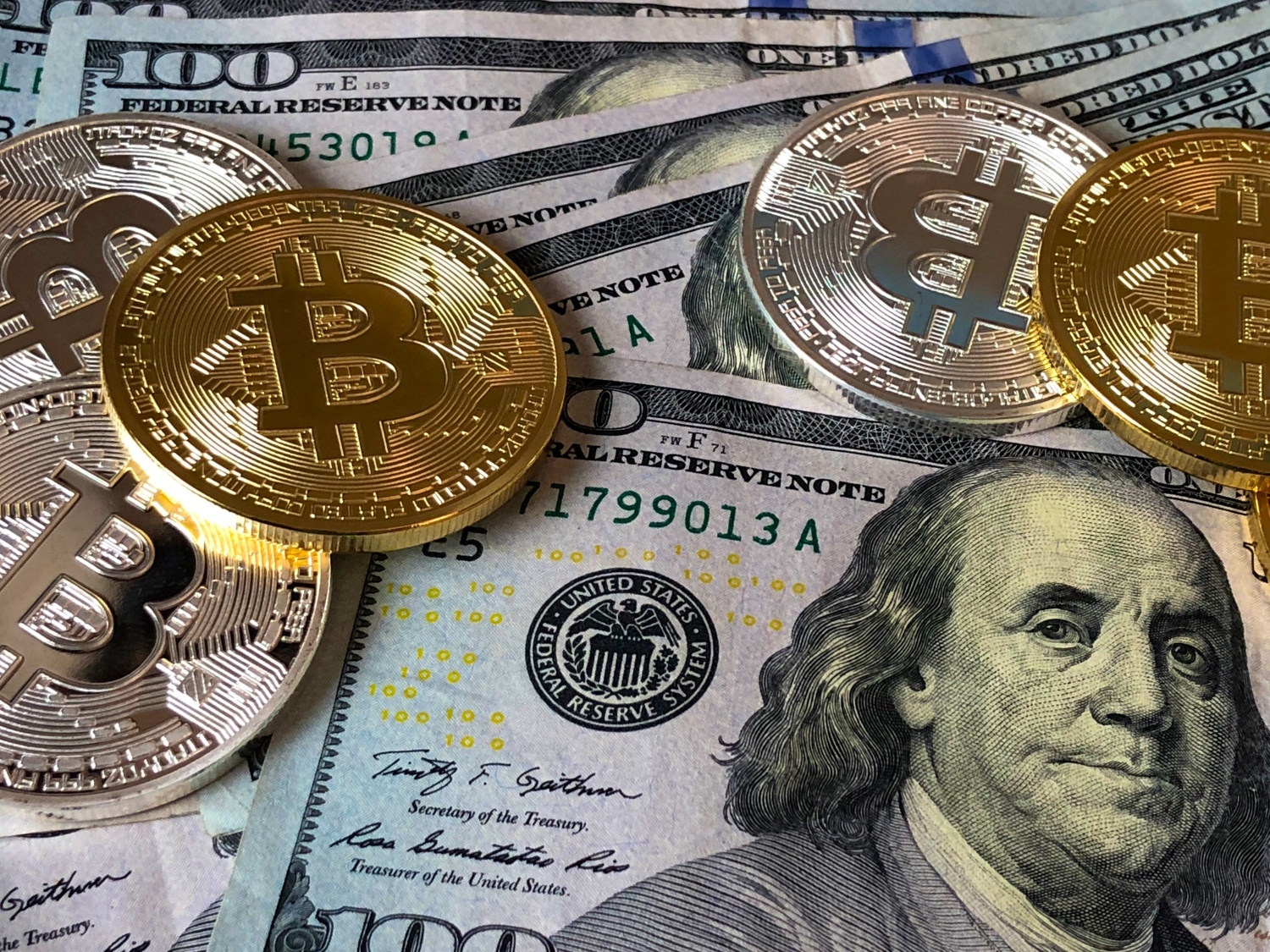
Bitcoin has similarities with fiat currencies like the U.S dollar. However, this virtual currency also differs from traditional money. And these differences are why some people opt to use Bitcoin instead of conventional currencies in some transactions.
Conventional currencies and Bitcoin enable people to transact and store value. The fact that central authority issues and regulates fiat currency's supply makes people trust it. On the other hand, Bitcoin's underlying technology, blockchain, is the reason people trust it.
When a person buys something with traditional money, they depend on a trustworthy authority like a government institution or central bank to be the intermediary vouching for its worth. Thus, the seller and the buyer trust the fiat currency to maintain its current value even after the transaction.
Understanding Fiat Money
Fiat money is a currency that a country's government issues and regulates. It's the legal tender with the government's backing instead of a tangible commodity or good and can be physical money or electronic representation, like bank credit. The government regulates the supply of fiat money, and people use it to pay their taxes.
Examples of fiat money include banknotes, paper currency, bills, and coins. People use such money to store value, trade, and pay for services and goods. Central banks' role in an economy expanded when humans introduced fiat money. Today, central banks regulate fiat money printing. However, consumers' power in terms of supply and demand dictates the monetary value. Examples of the major fiat currencies in the world include the U.S dollar, the yen, the Euro, and the Rupees.
Understanding Bitcoin
Bitcoin is a digitally encrypted, decentralized money or currency without a link to or regulation by any central bank or government. Blockchain technology, a distributed ledger, is the basis of this virtual currency. A computer network manages the blockchain, and the database maintains a copy of the entire database that a consensus updates depending on pure mathematics.
Since Bitcoin is decentralized, people can buy and sell this digital currency on platforms like the bitcoin champion without an intermediary. Peer-to-peer networks or open-source computers handle Bitcoin transactions. Satoshi Nakamoto, a pseudonymous entity, introduced Bitcoin as the first decentralized virtual currency with a public creativity record.
Bitcoin belongs to a category of digital currencies or cryptocurrencies. Originally, cryptocurrency creators wanted them to serve as an alternative payment method for online transactions. Nevertheless, some consumers and companies are yet to adopt Bitcoin as a payment method.
The Differences
Bitcoin differs from fiat money in function and features. For instance, the revolutionary aspect of Bitcoin is the fact that anybody can receive and spend Bitcoin anytime, anywhere in the world, without involving a government or bank.
On the other hand, fiat currency is like a debt. That means the central bank issues the consumer a certain percentage of the government's debt when it uses them with banknotes. Here are the primary differences between Bitcoin and fiat money.
● Safety: Government's backing makes fiat money safer than Bitcoin. On the other hand, blockchain backs Bitcoin, and users can confirm transactions in a public ledger.
● Tracking: The recipient and sender can track or confirm Bitcoin transactions in real-time. Fiat money transactions may take time to complete and approve.
● Exchange medium: Bitcoin is a digital exchange medium, while fiat currency is a tangible exchange medium.
● Supply: The government or central bank regulates fiat money's supply while Bitcoin's protocol dictates the number of tokens the world can have, and miners determine their supply rate.
● Legality: Fiat currency is legal in a country where the government issues it. Bitcoin is a digital asset or currency without government regulation, and its legality differs among countries.
Bitcoin is a digital form of money. Blockchain, the system behind this virtual currency, is transparent and based on daily users' consensus and mathematics, which is the basis of its differences from fiat money.
* This is a contributed article and this content does not necessarily represent the views of techtimes.com








